By Taylor Robb-McCord; IEP student and IDSP16 fellow
For as long as I can remember, my dad has been the one herding our family into the car and insisting on getting to the airport at least two hours before any flight. If you’re flying out of a major airport, you might end up at the airport three or four hours before your flight. He takes no risks.
I know he’s right, but for years I have struggled getting to the airport on time. If you know me, you will know that I struggle getting anywhere on time. After numerous missed flights (and even showing up at the wrong airport to check-in), I have tried my best to be on time for flights, mainly out of the sheer fear of having to call my dad and tell him, once again, I missed my flight.
I was flying from Zambia back to my parent’s house in South Africa, and taking my dad’s advice, I was not going to be late and I did my math numerous times. My flight was at 6:30pm. Okay, two hours early means arrive at 4:30pm. An hour to the airport to ensure I’m not late from traffic means I leave at 3:30pm. Perfect. Foolproof.
I set off that afternoon with my friend Valerie for a leisurely afternoon before heading to the airport. In typical Taylor style, my trip to the airport unfolded like this:
12:00 – Pedicures and mango smoothies! Taylor convinces Valerie to drive 45 minutes in the opposite direction of the airport for lunch.
1:30 – We arrive at the restaurant and settle in for lunch.
3:15 – Still at lunch. We both start thinking we should start making our way to the airport.
3:20 – Taylor MUST have dessert and coffee. So we order brownies, apple pie and cappuccinos.
3:50 – Start making our way to the car through the gift shop. Taylor MUST buy gifts.
4:15 – We get in the car. GPS estimates it’s a 30-minute drive to the airport and we start to follow the blue trac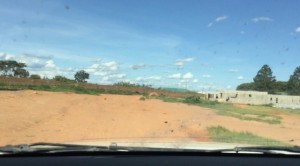 k.
k.
4:30 – We hit a dead end. Fudge buckets. Turn around.
4:40 – Back on the main road.
4:50 – Make a few turns and the paved road turns to dirt. The GPS says we are correct, so we carry on.
5:15 – The dirt road turns into a narrow road and eventually the car can’t fit. Valerie performs the most amazing reverse driving and backs up a ¼ mile of narrow road, dodging people, bricks, chickens, and wire fences.
5:20 – Back on the “main” dirt road. Phew. Assure myself that arriving at the airport before 5:45pm for an international flight will be fine.
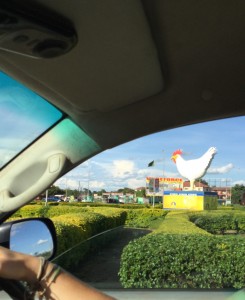 5:30 – Valerie screams “CHICKEN!” and I instantly think we will have to pay someone for driving over their chicken. But then I see ahead of us, a giant chicken statue in the middle of a roundabout. The last landmark before the airport.
5:30 – Valerie screams “CHICKEN!” and I instantly think we will have to pay someone for driving over their chicken. But then I see ahead of us, a giant chicken statue in the middle of a roundabout. The last landmark before the airport.
5:45 – We pull up to the airport, say our goodbyes and I speed walk (really speed walk) to the ticketing agent.
6:00 – I make it through security and to my gate. Only slightly concerned that the security agent didn’t once look at the x-ray machine screen and maintained eye contact with me the entire time. What could I have smuggled in my luggage?
2016 resolution – just be on time and no, you do not need dessert and coffee. I take that back, yes you do. Always.
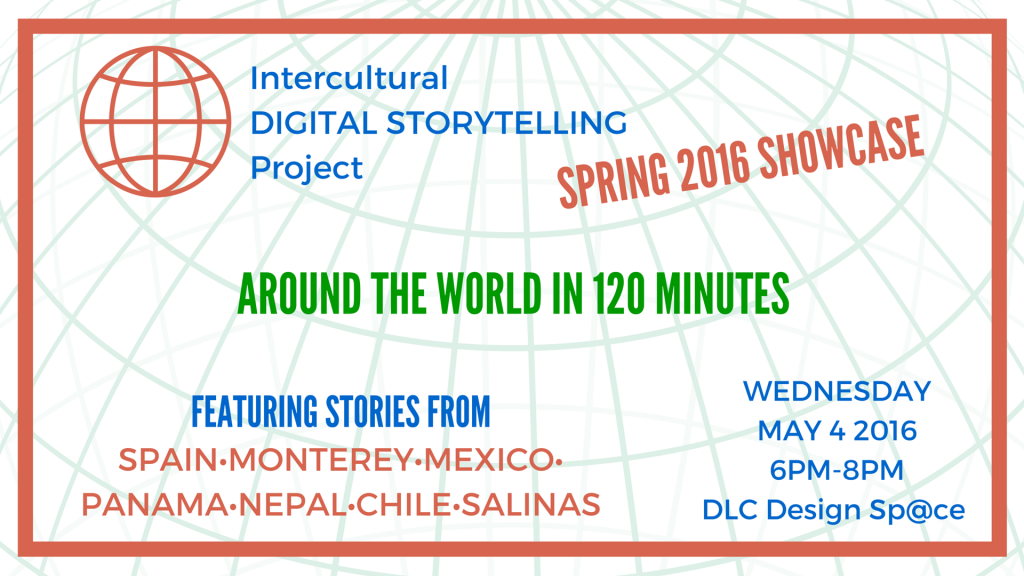 The art of story has been around for centuries because it’s a fundamental way we make meaning as humans. It’s the way we reflect, share, and learn both individually and collectively. Digital tools have made this process easier and more accessible, adding dimensions to the storytelling process and avenues through which to share locally and globally.
The art of story has been around for centuries because it’s a fundamental way we make meaning as humans. It’s the way we reflect, share, and learn both individually and collectively. Digital tools have made this process easier and more accessible, adding dimensions to the storytelling process and avenues through which to share locally and globally. al Digital Storytelling Project, also known as #IDSP, was designed for students at the Middlebury Institute of International Studies at Monterey (MIIS) involved in immersive learning activities affiliated with their academic experiences. The IDSP Fellowship experience was designed to around 5 key competencies: immersive learning, inductive research, peer mentorship, reflection, and digital media. The year-long timeline supports fellows in by guiding them through the development of these skills.
al Digital Storytelling Project, also known as #IDSP, was designed for students at the Middlebury Institute of International Studies at Monterey (MIIS) involved in immersive learning activities affiliated with their academic experiences. The IDSP Fellowship experience was designed to around 5 key competencies: immersive learning, inductive research, peer mentorship, reflection, and digital media. The year-long timeline supports fellows in by guiding them through the development of these skills.
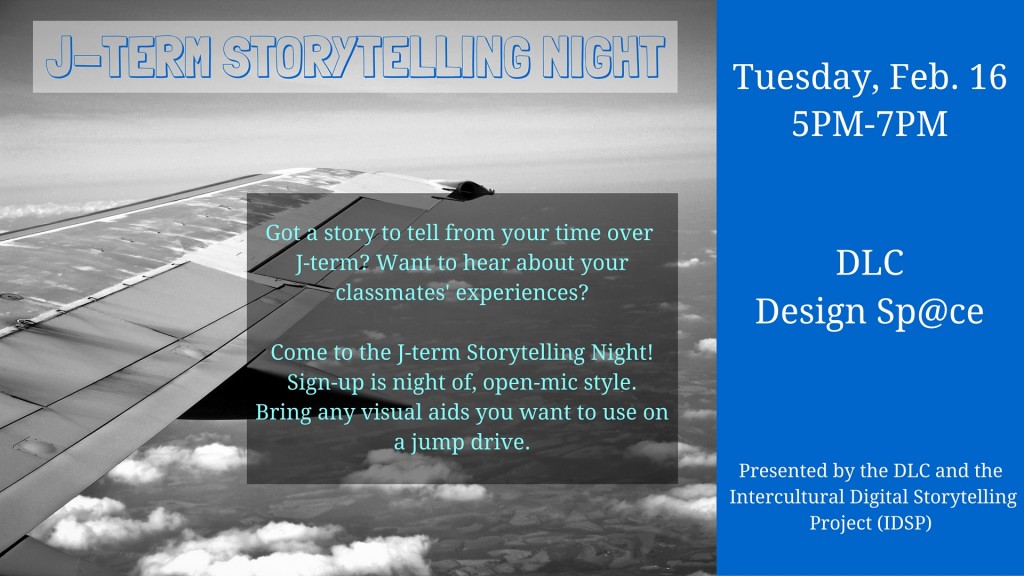


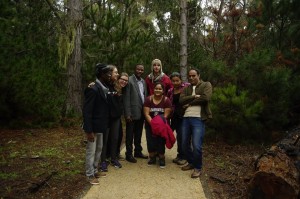


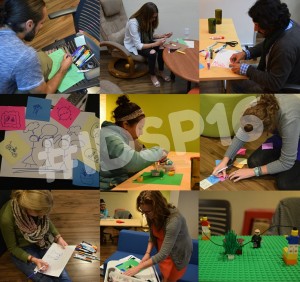
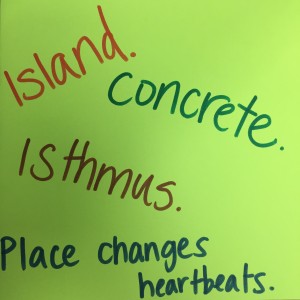


You must be logged in to post a comment.